It’s worrisome when you see those little flakes on your baby’s scalp. Cradle cap, also known as seborrheic dermatitis, is quite common to see in infants and is identified by yellowish, crusty patches that could extend beyond the scalp, to the face, and neck. While the condition is mild and short-lived, you’ll want to find a solution suitable for your baby’s skin – it’s delicate, after all.
There are so many baby products available now that needless to say some contain chemicals that could irritate your baby’s sensitive skin or add unwanted toxins. This is when non-toxic shampoo for cradle cap is absolutely necessary for conscientious parents who want to make sure baby’s skin is treated gently and effectively.
Why Choose Non-Toxic Baby Shampoo for Cradle Cap
The Hidden Dangers in Conventional Baby Shampoos
Most store-bought baby shampoos contain ingredients you might want to avoid :
- Sulfates (SLS and SLES) – Strip natural oils and potentially irritate sensitive skin
- Parabens – Preservatives with potential hormone-disrupting properties
- Synthetic fragrances – Can contain undisclosed chemicals and common allergens
- Formaldehyde-releasing preservatives – Potential carcinogens that can cause skin irritation
Advantages of Chemical-Free Options
Non-toxic options have many benefits :
- Kind to sensitive skin – Less potential for irritation or allergic reaction.
- Retains natural oils – Helps maintain skin’s natural barrier.
- Better for the environment – Because it’s better for both baby and the
planet. - Peace of mind – Just knowing you’re using the safest products.
Our baby knowledge is that when we recommend options for cradle cap, we always recommend selecting cradle cap treatment options with natural, recognizable ingredients, aiming to treat cradle cap while safety is never compromised.
3 Safe and Effective Non-Toxic Baby Shampoo Solutions
1. Shampoos with Coconut Oil
Coconut oil is a miracle of nature for cradle cap as it effectively loosens the flakes while providing antimicrobial protection and moisturization.
These are the guidelines for use :
- Select a shampoo with coconut oil as one of the main ingredients.
- Apply to wet hair and massage in gently on the scalp.
- Let it sit for 1-2 minutes, and then rinse.
- Follow with a soft brush to remove loosened flakes.
Product recommendations :
- Earth Mama Calendula Baby Shampoo and Body Wash
- Babo Botanicals Moisturizing Baby Shampoo & Wash
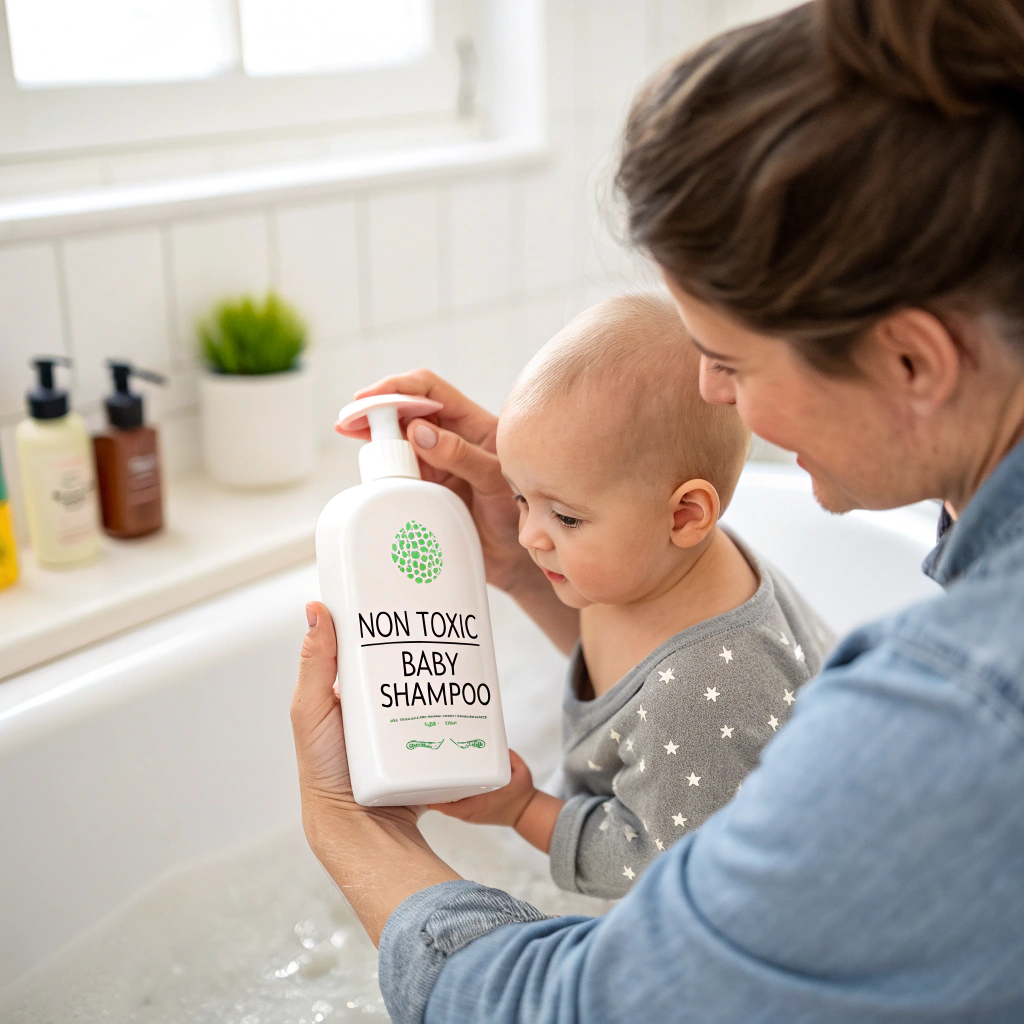
2. Calendula – Infused Products
Calendula (marigold) extract is a mild anti-inflammatory agent suitable for sensitive scalps.
Benefits for cradle cap :
- Descales skin
- Promotes healing
- Helps prevent infection
- Natural, generally safe for babies
Most effective application :
Using your finger tips, apply to the cradle cap with circular movements on the affected areas. While you apply the calendula, the gentle massage will work to dissolve the flakes.
3. Manuka Honey Shampoo Options
This honey from New Zealand is a unique honey with magical healing properties, making it a good option for safe baby shampoo options.
Why it is helpful :
- Natural antibacterial properties – can help combat possible infections
- Amazing moisturizing agent – won’t weigh hair down and will not leave any residue
- Anti-inflammatory – will help with redness and irritation
- Gentle exfoliant – assists in removing flakes without scraping and scrubbing the scalp
Suggestions for use :
- If there are stubborn patches, please leave on for 5-10 like a treatment mask
- Always rinse well to avoid stickiness
- For best result, use 2-3 times per week
Developing a Full Cradle Cap Care Routine
There is more to effectively treating cradle cap than just the shampoo, so when you develop your routine, use these baby happiness tips :
Daily Maintenance Steps
- Gentle cleaning with non-toxic baby shampoo
- Soft brushing with silicone scalp brush/or extra soft bristle brush
- Moisturizing with a drop of organic, cold-pressed olive or coconut oil
- Consistency – Giving care at the same time every day!
When to Consult a Pediatrician
While cradle cap is typically harmless, contact your doctor if you notice:
- Severe redness or inflammation
- Spreading beyond the scalp
- Signs of infection (oozing, severe irritation)
- No improvement after two weeks of home treatment
Natural Homemade Treatments for Cradle Cap
For those parents who like to go 100 percent natural treatments, here is a great DIY natural baby cradle cap treatment :
The simple oil treatment :
- Warm 1 to 2 teaspoons of organic coconut or olive oil
- Massage oil into baby’s scalp
- Let sit for 15 minutes
- Gently comb the loosened flakes out baby’s hair
- Wash hair with non-toxic baby shampoo
The following is a baking soda paste method :
- Combine 1 part baking soda with 1 part water
- Apply to the affected area
- Allow to sit for 1-2 minutes
- Rinse thoroughly, and wash with a gentle shampoo.
Conclusion
Choosing a non-toxic baby shampoo for cradle cap doesn’t have to be a daunting task! By selecting products containing all-natural and gentle ingredients like coconut oil, calendula, or manuka honey, you can treat those flaky patches while also protecting your baby’s vulnerable skin from harmful chemicals.
Be reminded that consistency is key–with gentle routine, these baby joy tips, and a little patience, your baby’s scalp will heal on its own. The treatment should be effective, with the safest possible non-toxic ingredients, so you can feel great about using these products during this special time with your little one.
Has your baby experienced cradle cap? Please let me know how you dealt with it using these gentle approaches in the comments!
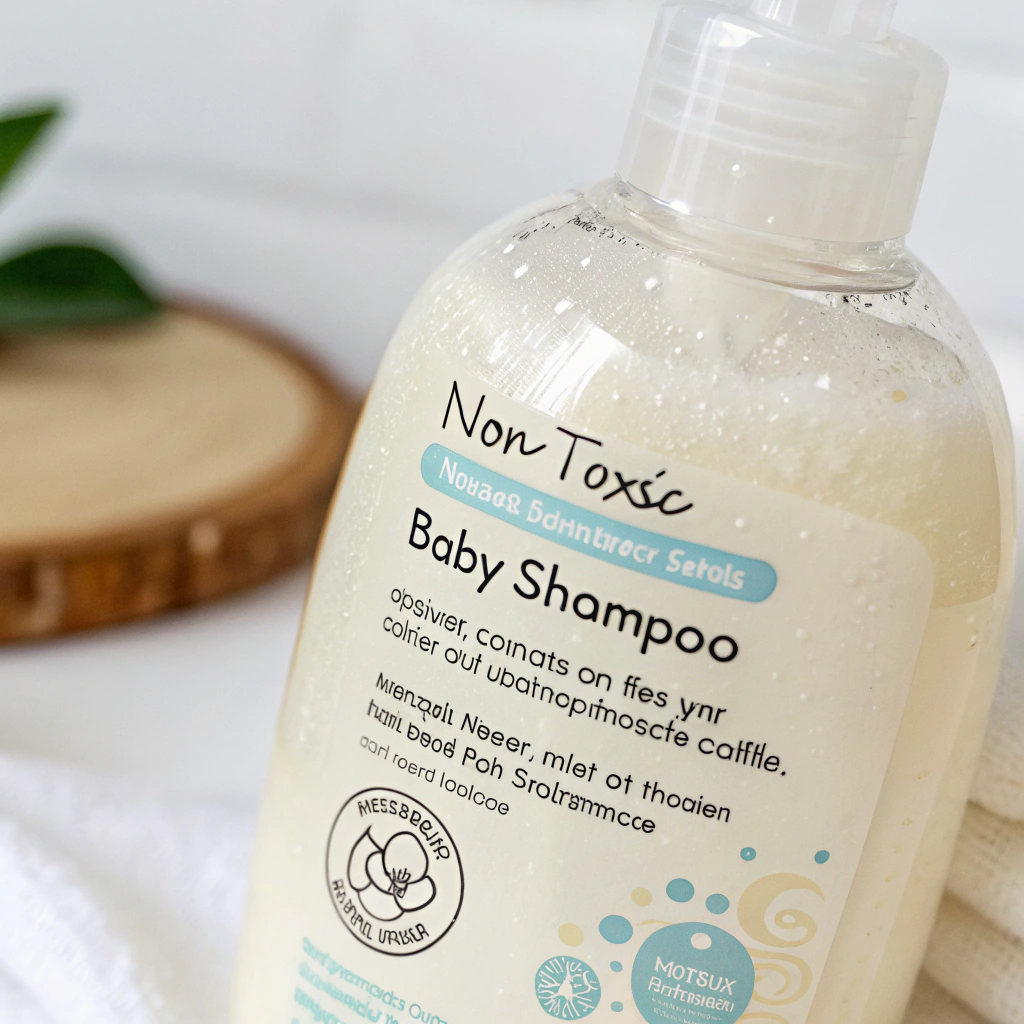
Frequently Asked Questions
What actually causes cradle cap baby?
Cradle cap is thought to occur due to the skin’s sebaceous (oil) glands being more active than normal for the baby’s age. Very little is known about this, but it is suspected that maternal hormones remain in important levels in the baby’s blood for several weeks after birth, contributing to cradle cap. Cradle cap is NOT caused by poor hygiene or allergies, and it is NOT contagious.
How do I differentiate between cradle cap and other skin disorders?
Cradle cap is characterized by the yellowish, greasy, scaly (not flaky) patches that primarily form on the scalp. The patches typically do not bother your baby, while other disorders, such as eczema, do appear redder, are more likely to spread to other areas of the body and cause some itching or discomfort to your baby.
At what age will cradle cap usually begin?
Cradle cap most frequently will begin between 2-12 weeks of age, and! any time thereafter during infancy. Most cases of cradle cap are resolved on their own by 6-12 months of age.
How often do I wash my baby’s hair while treating cradle cap?
If your baby has mild cradle cap (which is defined as yellow crusty patches of skin), then washing every 2-3 days is plenty using a non-toxic baby shampoo. If your baby has more severe cradle cap, you may opt to use shampoo every day until the cradle cap improves, and then reduce the frequency since it can dry the scalp.
Can I use adult dandruff shampoo for my baby’s cradle cap?
No, you should not use adult dandruff shampoo because the ingredients therein are way too harsh for a baby’s sensitive skin. Make sure to use non-toxic baby shampoo that has been specially designed for cradle cap.
Is it safe to leave coconut oil on my baby’s scalp overnight?
Coconut oil is generally considered a safe product for babies, however I would not recommend leaving it on overnight. Coconut oil can clog the pores or create an environment for bacteria to reproduce. The coconut oil can be left on the scalp for 15-20 minutes or so, before bathing.
Is it okay to pick at the cradle cap scales, to help get them off?
No, picking at the scales can cause irritation and potentially get infected. It is best practice to use oil, and a soft brush in combination with a gentle massaging, to loosen and remove the flakes naturally.
Can cradle cap spread to other areas of the body?
Yes, sometimes cradle cap may be more than just on the scalp, it may also appear on the eyebrows, behind the ears, or in any skin folds. The mild approaches to treatment are still similar for these areas.
Does breastfeeding have an impact on cradle cap?
There is no data that links breastfeeding directly to cradle cap. Cradle cap has the same rate of occurrence in breastfed infants and formula-fed infants.
How soon can I expect to see improvement when using non-toxic shampoo?
If you have been using the right non-toxic baby shampoo and meaningful removals consistently, you should see improvement after 1-2 weeks. Full resolution may take a few weeks to a month.
Are there foods to avoid while breastfeeding to reduce cradle cap?
No foods have been scientifically shown in the literature to cause cradle cap in breastfed babies. The best advice to nursing mothers is to eat healthy and balanced.
Can cradle cap cause babies to lose hair?
Temporary hair loss may occur due to cradle cap, but as the issue resolves, hair will usually regrow. Arbitrary scrubbing or picking of the scales is more likely to cause hair loss than the condition itself.
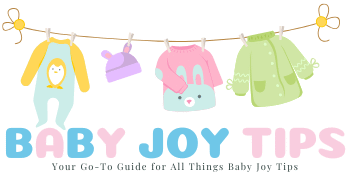
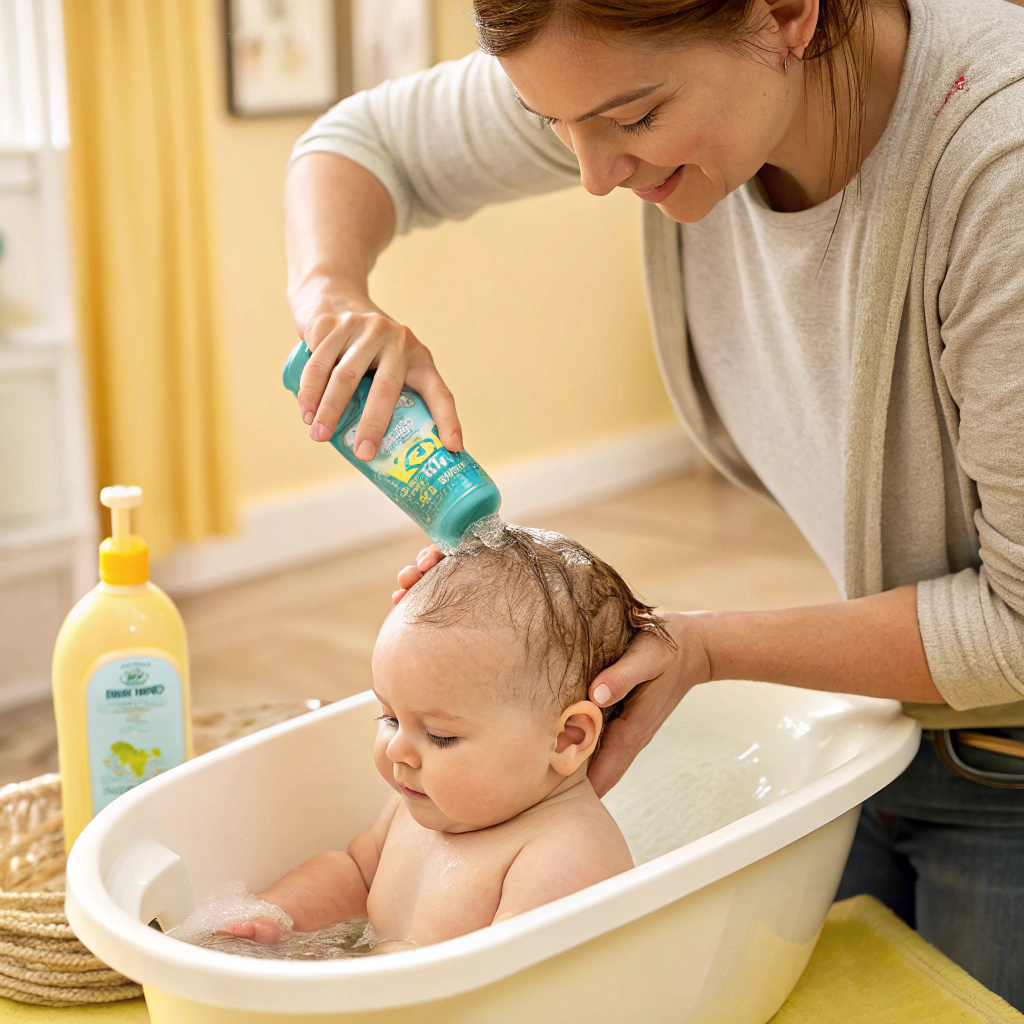
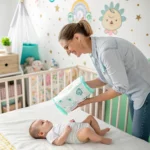
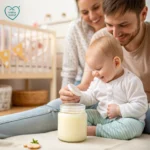
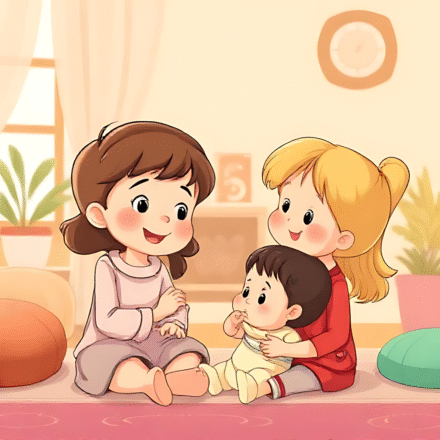
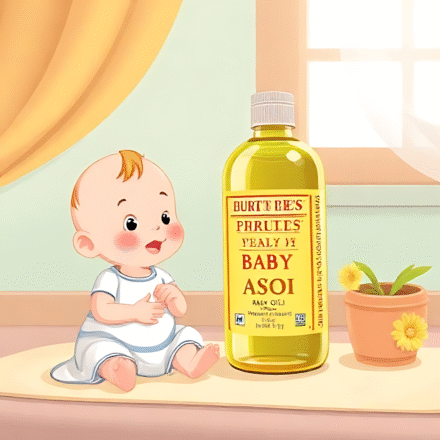
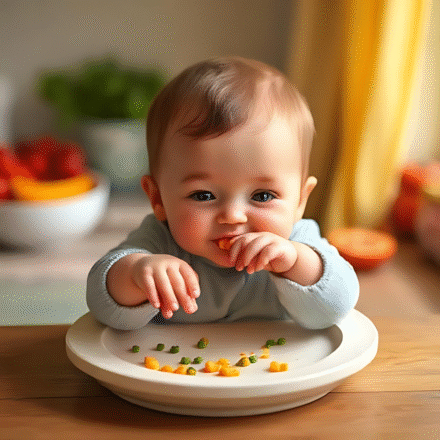
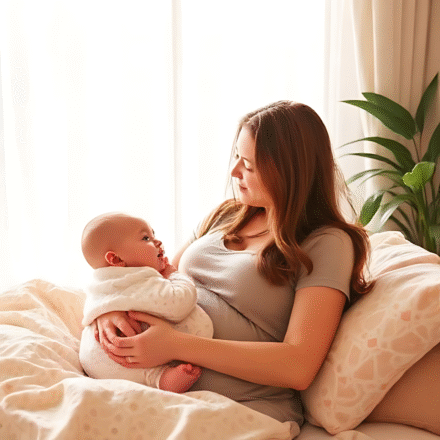
Leave a Comment